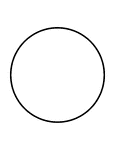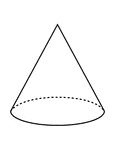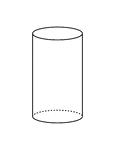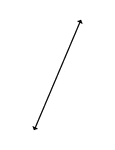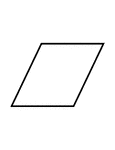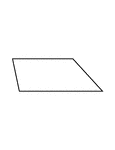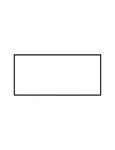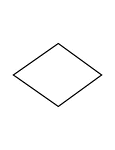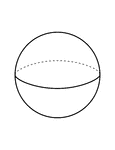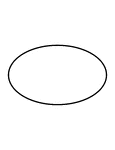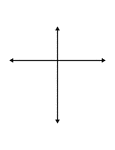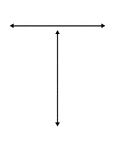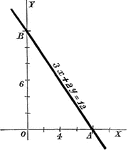
Fisherman
Tangrams, invented by the Chinese, are used to develop geometric thinking and spatial sense. Seven figures…

Fisherman
Tangrams, invented by the Chinese, are used to develop geometric thinking and spatial sense. Seven figures…

Fisherman
Tangrams, invented by the Chinese, are used to develop geometric thinking and spatial sense. Seven figures…
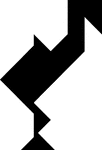
Flamingo
Tangrams, invented by the Chinese, are used to develop geometric thinking and spatial sense. Seven figures…

Flamingo
Tangrams, invented by the Chinese, are used to develop geometric thinking and spatial sense. Seven figures…
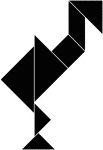
Flamingo
Tangrams, invented by the Chinese, are used to develop geometric thinking and spatial sense. Seven figures…

Flamingo
Tangrams, invented by the Chinese, are used to develop geometric thinking and spatial sense. Seven figures…

Flashcard of a polygon with eight equal sides
A flashcard featuring an illustration of a polygon with eight equal sides
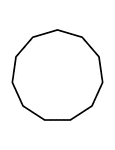
Flashcard of a polygon with eleven equal sides
A flashcard featuring an illustration of a polygon with eleven equal sides
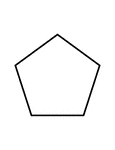
Flashcard of a polygon with five equal sides
A flashcard featuring an illustration of a polygon with five equal sides

Flashcard of a polygon with four equal sides
A flashcard featuring an illustration of a polygon with four equal sides

Flashcard of a polygon with four equal sides
A flashcard featuring an illustration of a polygon with four equal sides
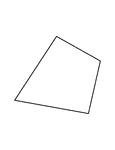
Flashcard of a polygon with four unequal sides
A flashcard featuring an illustration of a polygon with four unequal sides
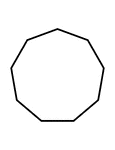
Flashcard of a polygon with nine equal sides
A flashcard featuring an illustration of a polygon with nine equal sides

Flashcard of a polygon with seven equal sides
A flashcard featuring an illustration of a polygon with seven equal sides
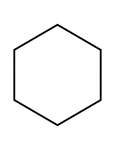
Flashcard of a polygon with six equal sides
A flashcard featuring an illustration of a polygon with six equal sides
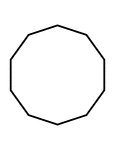
Flashcard of a Polygon with ten equal sides
A flashcard featuring an illustration of a Polygon with ten equal sides

Flashcard of a polygon with three equal sides
A flashcard featuring an illustration of a polygon with three equal sides
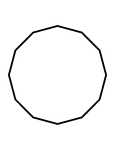
Flashcard of a polygon with twelve equal sides
A flashcard featuring an illustration of a polygon with twelve equal sides
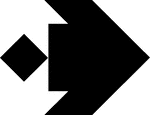
Flounder
Tangrams, invented by the Chinese, are used to develop geometric thinking and spatial sense. Seven figures…

Flounder
Tangrams, invented by the Chinese, are used to develop geometric thinking and spatial sense. Seven figures…
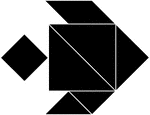
Flounder
Tangrams, invented by the Chinese, are used to develop geometric thinking and spatial sense. Seven figures…
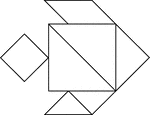
Flounder
Tangrams, invented by the Chinese, are used to develop geometric thinking and spatial sense. Seven figures…
Flower
Tangrams, invented by the Chinese, are used to develop geometric thinking and spatial sense. Seven figures…
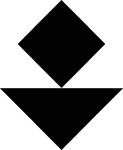
Flower
Tangrams, invented by the Chinese, are used to develop geometric thinking and spatial sense. Seven figures…
Flower
Tangrams, invented by the Chinese, are used to develop geometric thinking and spatial sense. Seven figures…
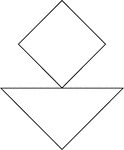
Flower
Tangrams, invented by the Chinese, are used to develop geometric thinking and spatial sense. Seven figures…
Flower
Tangrams, invented by the Chinese, are used to develop geometric thinking and spatial sense. Seven figures…
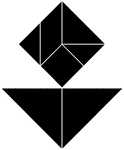
Flower
Tangrams, invented by the Chinese, are used to develop geometric thinking and spatial sense. Seven figures…
Flower
Tangrams, invented by the Chinese, are used to develop geometric thinking and spatial sense. Seven figures…

Flower
Tangrams, invented by the Chinese, are used to develop geometric thinking and spatial sense. Seven figures…
Forms
Showing different types of forms or shapes: rectangle, right triangle, acute triangle, and obtuse triangle.

Fort Matanzas
Tangrams, invented by the Chinese, are used to develop geometric thinking and spatial sense. Seven figures…

Fort Matanzas
Tangrams, invented by the Chinese, are used to develop geometric thinking and spatial sense. Seven figures…

Fort Matanzas
Tangrams, invented by the Chinese, are used to develop geometric thinking and spatial sense. Seven figures…

Fort Matanzas
Tangrams, invented by the Chinese, are used to develop geometric thinking and spatial sense. Seven figures…

Froebel's Divided Cube (Complex)
This image shows one of Friedrich Froebel's divided cube (this one divided into many smaller cubes and…

Froebel's Divided Cube (Eight Smaller Cubes)
This image shows one of Friedrich Froebel's divided cube (this one divided into eight smaller cubes).…
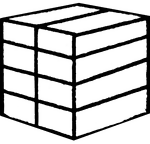
Froebel's Divided Cube (Eight Smaller Parallelograms)
This image shows one of Friedrich Froebel's divided cube (this one divided into eight smaller parallelograms).…
